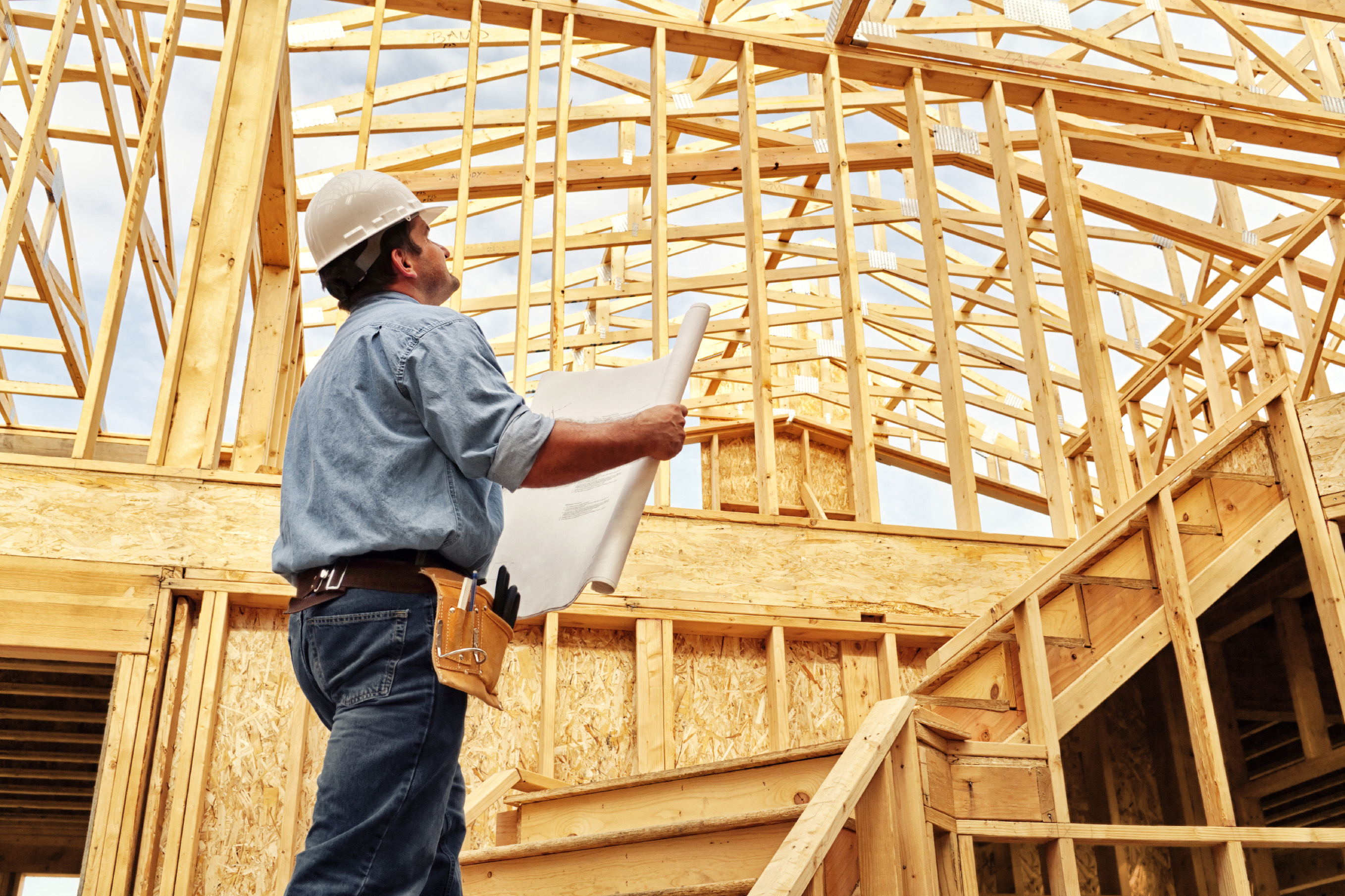
Engineered wood roof trusses provide a wealth of benefits for designers, engineers and construction professionals. The uniformity of their design make it easier to build pitch-perfect roofs. Designs can be more complex and trusses provide broader freedom with roofing styles for a greater aesthetic appeal. While they may cost a little more, they save on construction time and require less expertise to install.
The Advantages of using Engineered Wood Truss Products
Nationally recognized standards for truss designs ensure that trusses are of a very high quality and uniform standard.
Trusses are able to have longer spans than those of traditional methods which gives the design professional more space to work with inside the building and larger spans require fewer internal load-bearing walls.
Uniform design and manufacturing ensures a stronger roof and proven durability, unparalleled performance and a more uniform pitch that adds to the structural integrity of the building.
Raised-heel trusses create larger attic spaces which can be utilized for greater volumes of cheaper insulation. This helps to reduce the cost of insulation and provides a more effective building envelope and a greener home.
Traditional framing methods take much longer to build and trusses use wood efficiently which makes them more economically and environmentally viable.
Complex roofing designs are easier to accomplish when using engineered wood trusses and this gives the designer more versatility.
Wood is a very sustainable building material and much research has gone into making trusses last longer and use as little wood as possible in their manufacture.
Ready to install on delivery; engineered roof trusses reduce construction time significantly.
Engineered wood trusses do not significantly contribute to onsite waste and can usually be installed without the use of heavy machinery.
Advanced Technologies in Roof Trusses
Much research has been put into truss designs and each individual truss is optimized for its specific roof configuration. A design professional will create a truss based on North American building codes specific to the home’s location.
The Canadian Wood Council describes the process of truss design: “Structural analogues and methodology have been developed and standardized by the National Associations representing the manufacturers of the metal plate connectors.
Lumber design values are determined in accordance with the wood design standards. Truss connector plates are proprietary and each plate has different structural properties.
Design values for truss plates are developed through tests and analyses in accordance with referenced standards.
Approval of the design values is overseen by National certification organizations.
Truss design is facilitated by the use of computer software that designs all truss members and connections and produces a design drawing with all the essential truss information.”
Truss Manufacture
The computer truss designs are translated into fabrication instructions. Each piece of lumber is inspected for suitability and strength. The lumber is cut and arranged according to templates before the metal plates at each joint are pressed into the lumber using a hydraulic press. These joints are checked before the trusses are ready for shipping to the job site.
